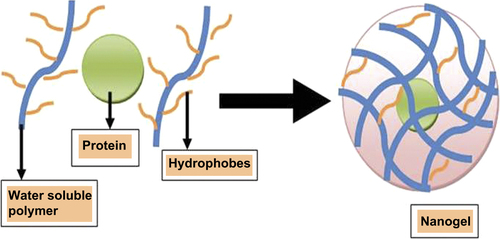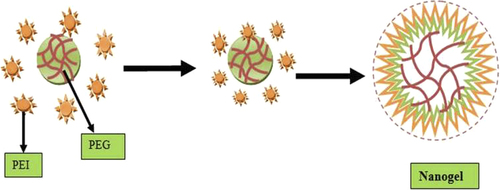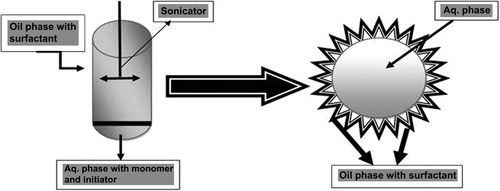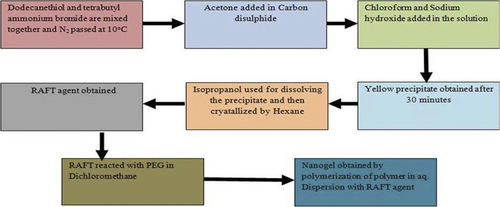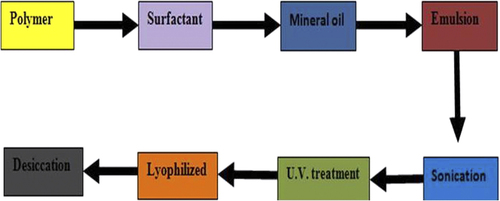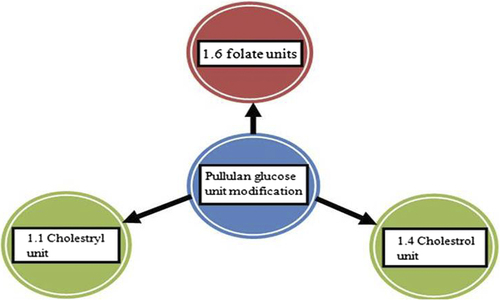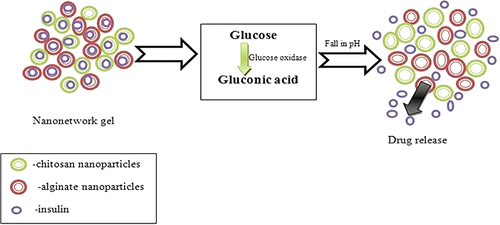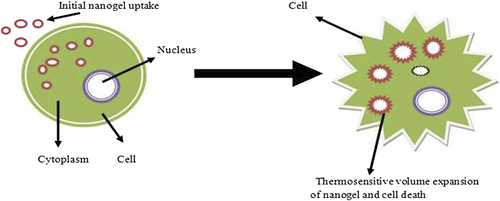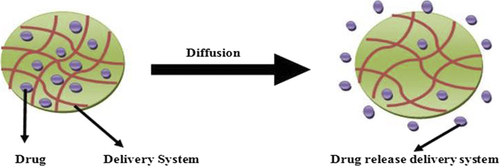Figures & data
Table I. Classification of nanogel according to their structure.
Table II. Applications of nanogels in the cancer therapy.
Table III. Applications of nanogels in gene delivery, enzymology, and protein folding.
Table IV. Nanogel applications in gastrointestinal disorder.
Table V. Marketed formulation of nanogel.
![Figure 1. Synthesis of nanogels by copolymerization in colloidal environments. Copolymerization of monomers [A] and bifunctional cross-linkers [B] in w/o microemulsions stabilized by surfactants [C] produces nanogels which can be then transferred into aqueous media after removal of surfactants and organic solvent.](/cms/asset/708d7109-d478-49b3-a498-4136fbbe0e13/ianb_a_930745_f0001_oc.jpg)
